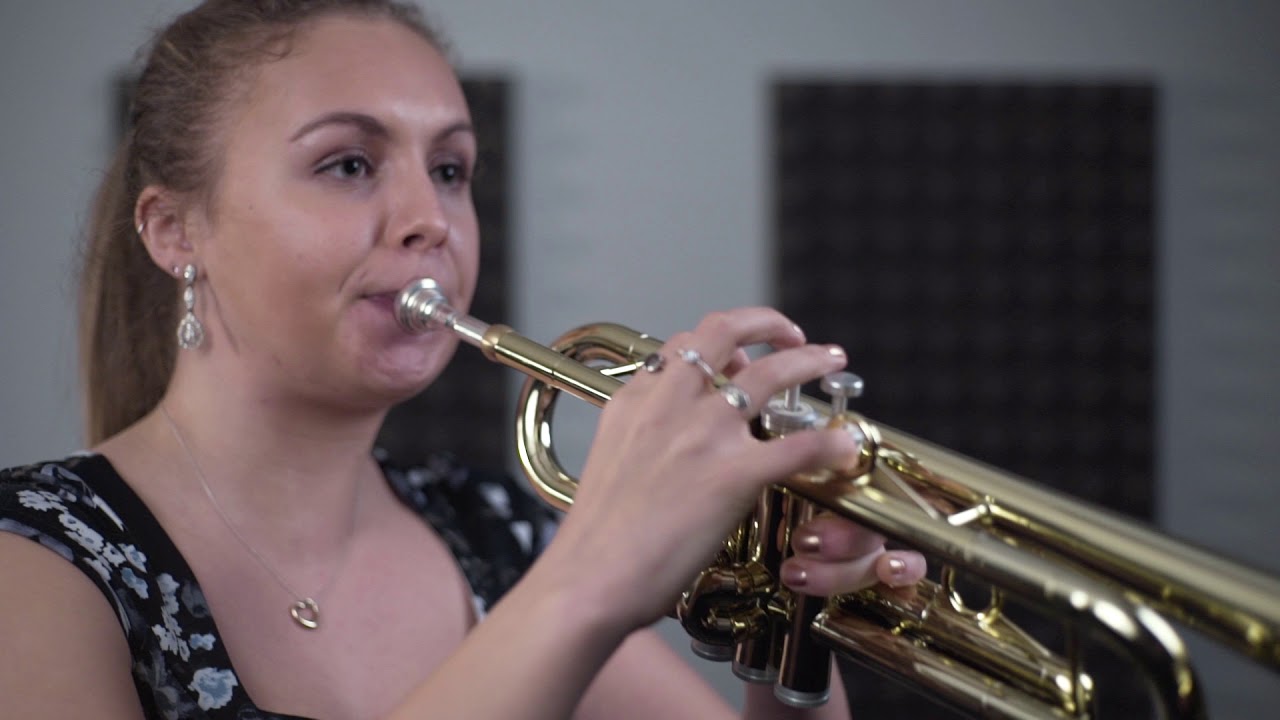What is a trumpet?
The trumpet is the oldest and most popular member of the brass instrument family. The trumpet has been around in some form for over 1,500 years. In fact, trumpets were found with the pharaohs buried in ancient Egypt.
By far the most common type of trumpet is the modern Bb trumpet. This instrument was first invented about a hundred and fifty years ago and hasn’t really changed that much since.
Nearly every trumpet player begins their journey on a Bb trumpet (or its cornet cousin, the Bb cornet). The Bb trumpet can be found playing in a whole host of different musical styles and ensembles including classical, jazz, rock, pop, and folk music.
How the trumpet works
The trumpet is a transposing instrument. This means that when the trumpet player plays a written C, the note that comes out in concert pitch (same as the piano) is the key name of the trumpet.
So, if a Bb trumpet plays a C then the note that comes out would be a Bb on the piano. If an Eb trumpet plays a C, then the note that comes out would be an Eb on the piano. This is complicated but it’s not anything to worry about: all teachers, composers, and arrangers of music make sure that the parts for the trumpet work properly with all the other instruments. Just make sure you’re using proper Bb trumpet music when you want to fit in with other instruments.
Making a buzz
All brass instruments work by the player buzzing their lips together into a mouthpiece, which in turn vibrates the air inside the instrument creating a sound. All brass instruments are basically empty tubes that you can change the length of, in the case of the trumpet: using valves that add on extra bits of tubing.
On any length of tube, you can play a pattern of different pitches or notes by changing your buzz using your lips and the controlling air that you blow through them. You will have heard this pattern played by bugle calls: this is the harmonic series, sometimes called partials, and whatever length of tube you choose the pattern remains the same. Every time you add more tubing with the valves this pattern becomes lower in pitch so by choosing a tube length and a harmonic you can play all the notes you’ll ever need…with practice!
If you’re having trouble making your first buzz, there’s some more help in these videos...

